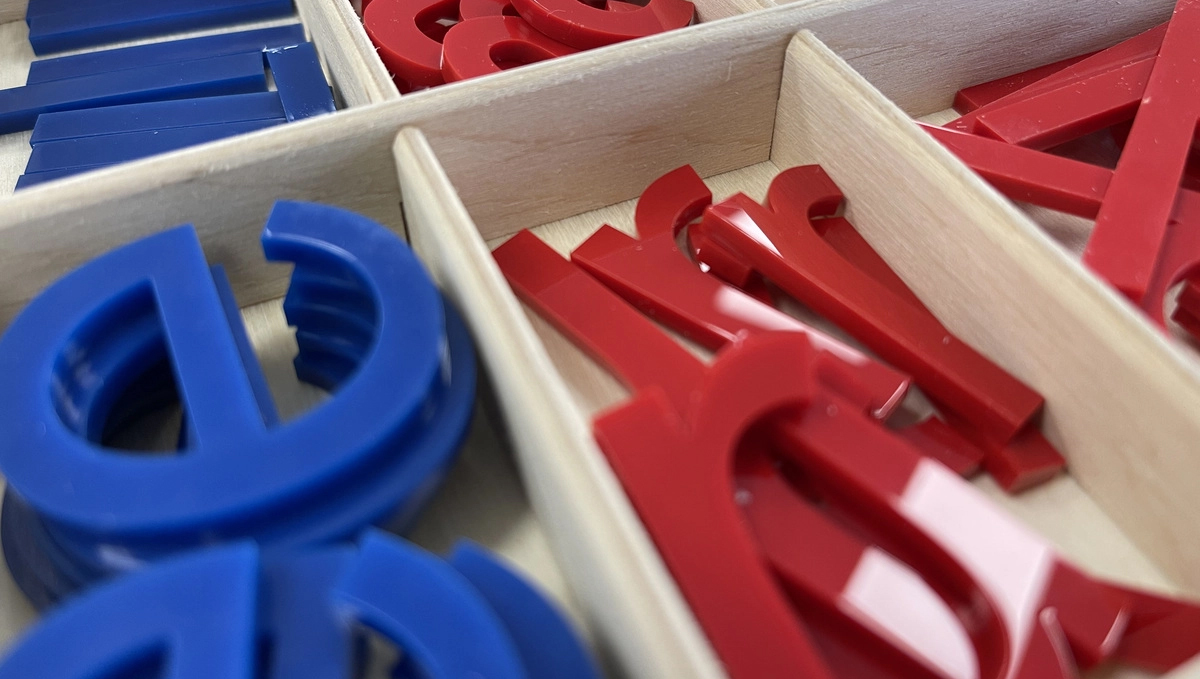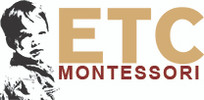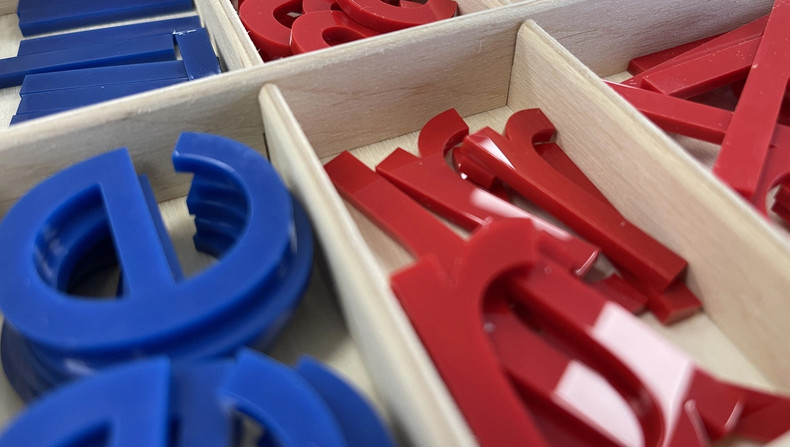
Part III
In parts one and two we discussed how early reading instruction must include phonics, as well as special attention to phonemic awareness. Best practices for reading comprehension (the purpose for reading) are based on a solid foundation in diverse areas including the vocabulary associated with those concepts So, what can we do better in our Montessori classrooms to assure that all our children are exposed to the opportunities that will make the acquisition of this unnatural skill less troublesome?
Have you thought of including a small hand mirror on the language shelf? This simple tool given to the child during “I Spy” and other sound games will allow the child to copy your phoneme formation and replicate it in the mirror. Yes, this is often used in speech therapy with enormous success. The child that masters this skill early will drop the use of this tool, but the child who needs more time will continue to use the mirror, especially since every child also uses it initially.
Picture matching is often a beginning language activity; however, we should move past these basic cards and include more association cards. In other words, we can have pictures that show things that go together in different categories – food, sports, clothing, tools, and games. If a child does not know the name of the picture, introduce the vocabulary. Remember when interacting with the child’s work ask the child about their choices. Stimulating conversation and adding vocabulary is foundational to the process of reading and every opportunity should be taken advantage of.
I wish to address the idea of self-correction. I readily admit that this quality is inherent in the Practical Life and Sensorial areas, but is it in the Language and Math areas? Yes, we can have a coding dot on the back of the cards for the child to check their work. Yes, the correct spelling of a word can also be available, but are we missing an opportunity to interact with the child; to add to their knowledge and equally important, assess that child’s understanding? When children are encouraged to “check their work and put it away”, are we assuming that three-year olds do not need our attention in language as much as the fours and fives? Reflection of our practice is the only way to find out.
Let’s look at that four-year old in the language area. Hopefully, they have been introduced to the graphemes that represent the sounds that they hear. To perfect this association, they will need reminders. I know that the use of an alphabet freeze is out of favor in our classrooms. Perhaps it is because the vowel sounds were often represented by pictures of long vowel sounds- ice for /i/ instead of igloo, orange for /o/. I agree, beginning readers and writers need to see appropriate pictures to remember the letters and the sounds to which they have been introduced. I also contend that these pictures should be consistent. If in “I Spy” they have been introduced to octopus for /o/, then there should be an octopus on the alphabet frieze.
I am not saying that children should not be exposed to different pictures for these sounds, but not when it is used as a reference tool. Imagine if you were to look up a word in the dictionary; the first time you encountered the most common definition, but the second time you looked for the word you read the 4th most common definition. It would take longer to learn the word because its meaning keeps changing. Early writers and readers need consistency when they are beginning this work. There is time later to introduce all the iterations. This is exactly why we begin with C/V/C words and blends with short vowels. Complexity comes later after the basics are solidified.
One last point on the alphabet frieze- it should be visible from all areas of the classroom. We want our children to be able to write and record their ideas and thoughts in all curriculum areas. I remember when a young kindergartener approached me from the science area and states, “Ms. O, you spell dog- duck, octopus, goat, right?” I could not disagree!
Providing opportunities for children to write about their learning will only enhance reading. It is those emerging skills in phoneme/grapheme association that will solidify the reading process. Beginning writers will slowly sound out the words they are trying to spell. What a wonderful assessment tool! What sounds does the child hear? Are they applying the “silent e” that was introduced in phonograms? Are they expressing simple ideas?
“i lic ranbws” (I like rainbows)
or are they more complex,
“mi favrt animl iz du elefunt it livz in afriku it uzs its trunk to take a baf (My favorite animal is the elephant. It lives in Africa. It uses its trunk to take a bath.)
Both stories are appropriate and show varying stages of writing. Whether the moveable alphabet or pencil and paper are used, it doesn’t matter! Children will use their knowledge of phonemes and alphabetic principles to express their ideas and our observation of this process informs our instruction in both reading and writing.
Of course, there will always be students who have difficulty, specifically those that are dyslexic or have speech and language disorders. However, if we present these activities early, working diligently on scaffolding each skill for every child, would we not lessen some of these learning differences?
Instead of employing these techniques as compensatory skills after an identification, would taking advantage of the sensitive period with more targeted instruction earlier in fact reduce the need for compensatory instruction? Will more children be able to conquer this unnatural skill, with fewer difficulties? Can we provide more children entry to “reading to learn” to further their education than current data shows? We can but hope and I for one am gratified that science now bears out what we knew anecdotally before.

